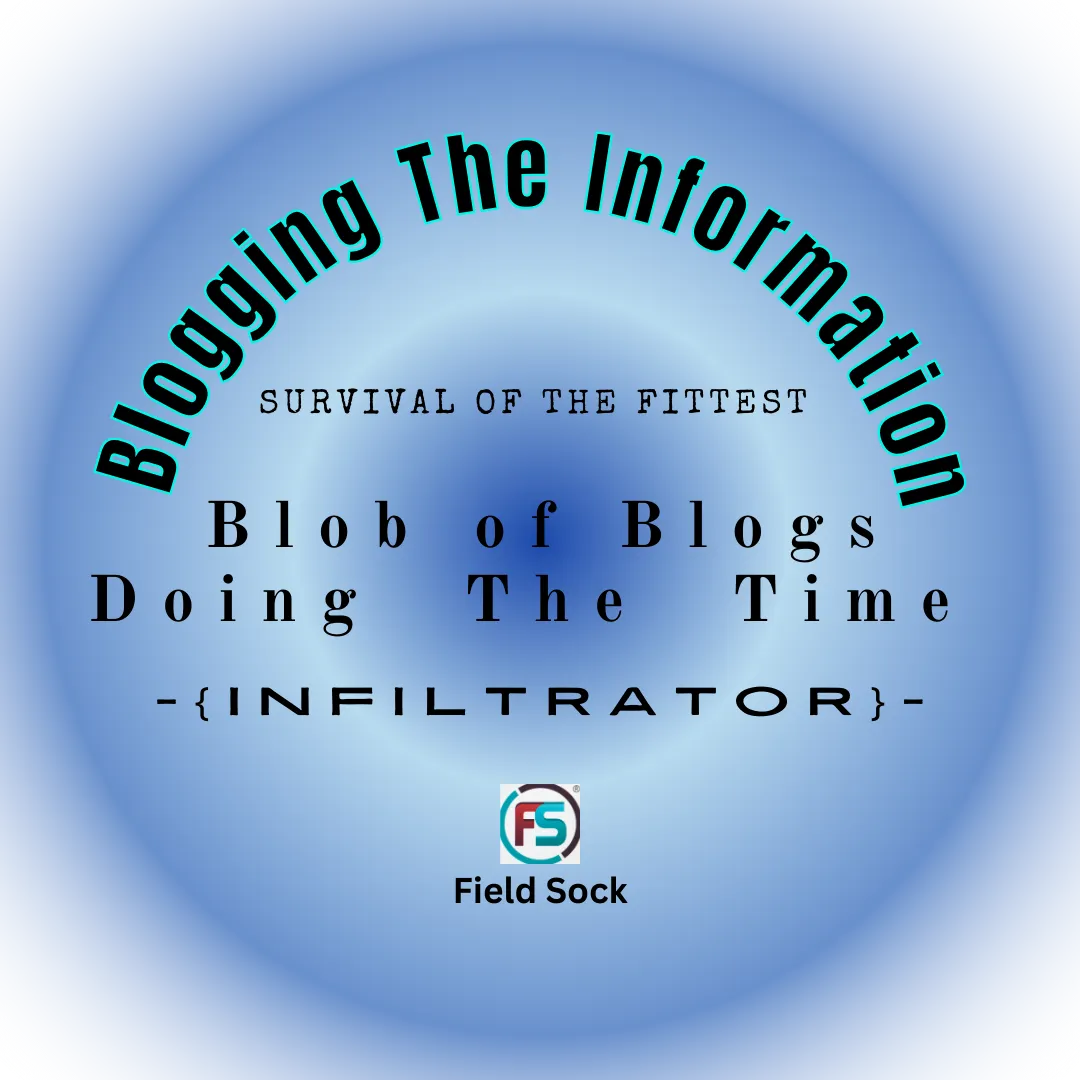🤖 Agents vs. LLMs: What They Are and How They Differ
Introduction
The rise of artificial intelligence has introduced terms like LLMs (Large Language Models) and AI Agents into everyday tech conversations. While they’re often used interchangeably, these tools serve fundamentally different roles in the AI ecosystem. If you're navigating modern automation, it's crucial to understand how LLMs and agents work—and where they diverge.
What is an LLM?
A Large Language Model (LLM) is a type of AI trained on vast amounts of text data. Think of it as a brain filled with knowledge that can understand and generate human-like text. OpenAI’s GPT-4, Meta’s LLaMA, and Google’s Gemini are prime examples.
Key features of an LLM:
- Predictive language generation:
They complete sentences, answer questions, write essays, code, etc.
- No memory or context (by default):
They generate responses based on input but don’t remember past conversations unless integrated with memory modules.
- No autonomy:
They react to prompts, but they don’t take initiative or perform actions on their own.
In short, LLMs are excellent text-based engines—but they don’t “do” anything unless someone or something prompts them.

What is an AI Agent?
An AI Agent is a system that uses tools like LLMs but adds autonomy, memory, and decision-making. You can think of agents as goal-oriented entities that act on your behalf to accomplish tasks.
What makes an agent unique:
- Takes initiative:
Agents act without needing constant human input.
- Has tools and actions:
Agents can browse the web, use APIs, analyze spreadsheets, and even control other software.
- Has goals:
You give it a high-level task ("Book me a flight"), and it figures out the steps to complete it.
- Can use an LLM as a core "brain":
But it wraps around the LLM with memory, planning, tool use, and reasoning layers.
Popular agent frameworks include Auto-GPT, CrewAI, and LangChain agents, all of which show how LLMs can be embedded into more powerful, action-oriented systems.
Key Differences
- Feature LLM (Large Language Model) AI Agent
- Autonomy Passive (needs prompting) Active (can initiate tasks)
- Memory Stateless (unless customized) Long/short-term memory integration
- Tool Use Limited to text Uses plugins, APIs, file systems, browsers
- Goal-Oriented No inherent goal-setting Built to complete tasks or missions
Control.
- Controlled by human prompt Can operate with or without direct input.
📈 Expanding the Landscape: What Else Is Changing?
As AI agents evolve, they’re doing more than responding—they’re orchestrating tasks across systems.
This shift goes beyond just LLMs reacting to prompts; it's the emergence of true AI workflow automation.
Agents aren’t just chat interfaces—they're becoming operational backbones that automate business logic, reporting, research, and customer interaction with minimal input.
The ongoing conversation of LLM vs agent isn't just technical—it's practical.
LLMs power content and conversation, but agents integrate those models with logic, tools, and decision-making.
This is where the future of work begins to transform.
Think of the rise of the AI assistant not as a novelty, but as a replacement for human intermediaries across industries.
Whether it's booking appointments, managing outreach, or synthesizing reports, agents equipped with LLMs are already outperforming their human counterparts in speed and scale.
With autonomous systems becoming smarter by the week, now is the time to understand what’s being replaced—and how to adapt to what’s coming.
Conclusion: What Will These Replace?
As AI agents evolve and LLMs become more context-aware, we're witnessing the gradual replacement of white-collar routine labor. These tools are poised to:
- Replace virtual assistants and customer service reps
- Disrupt data analysts, copywriters, and paralegals
- Supplement or replace executive assistants and project managers
- Automate researchers, technical support, and even basic developers
While LLMs enhance communication and content creation, agents are about execution—making decisions, completing tasks, and learning from feedback. Together, they represent the next wave of digital labor, forming the backbone of intelligent automation for the future workforce.














